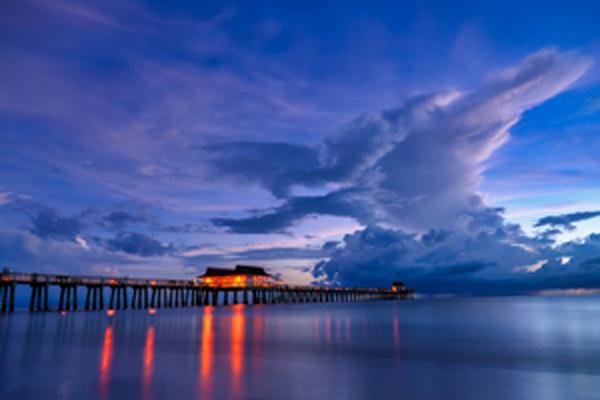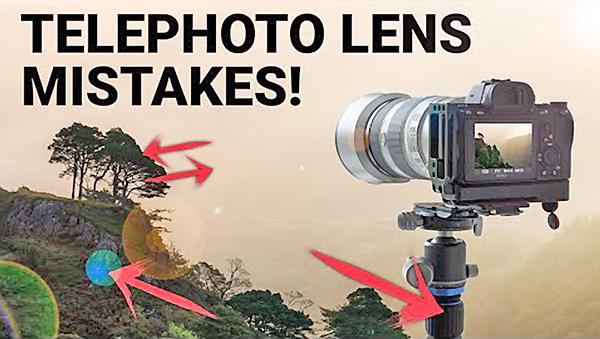Travel Photography How To
Sort By: Post Date TitlePublish Date
|
Nov 28, 2022 |
|
Nov 07, 2022 |
|
Oct 25, 2022 |
















